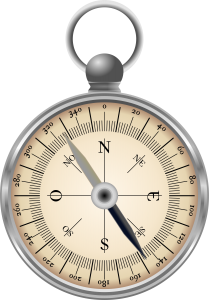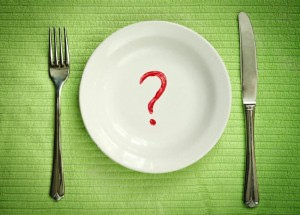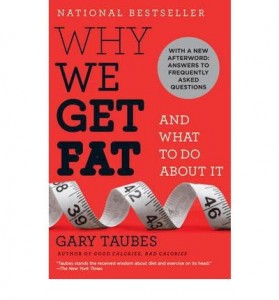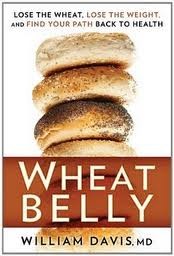by Jennifer Richards, Obesity Management Specialist 
Holiday time can be one of the most challenging times for maintaining a healthy low carb eating plan. Parties, social events, family gatherings, eating on the run while holiday shopping, dining out for holiday gatherings…lots to do and SO many temptations!
No worries…you don’t have to sacrifice your enjoyment of the holidays while maintaining low carb eating. With a little planning and getting into the right frame of mind, you’ll be able to safely navigate the holidays. Here are my tips:
Scenario #1 – You’ve been invited to a party or family gathering
Plan of action
- Before you leave for the event, eat half of your regularly planned low carb meal. This way, you have filled up partially on healthy foods and you won’t be completely ravenous by the time you get to the gathering where all the temptations will be.
- Once at the party, scan the buffet table for low carb options before you walk up to fill your plate. There are almost always several low carb options in a holiday spread (cheese tray, veggie tray, party sausages, bacon-wrapped liver hors d’oeuvres, etc.). Go up to the table, take your low carb choices, then move away from the table.
- Find your friends or family members and have FUN catching up and socializing…that’s the most important part of the event anyway!
- If you’ve been asked to bring a dish to share at the event, make something that is low-carb (cheese tray, veggie tray, liver pate, etc.). Or if you’ve been asked to bake something, ask if you can bring an alternative to baking such as the items listed just now. This way you KNOW there will be something for you to safely eat, AND you can show friends and family how delicious low-carb eating can be. Have fun with it…get creative and make it tasty!
Scenario #2 – You’ve been invited to a restaurant for a holiday gathering or you’re out power-shopping and need to have a bite to eat
Plan of action
- The day before your outing, go online to see if your restaurant posts its menu. Scan the menu for low carb offerings and decide, before you go, what you will order. That way, you won’t be overwhelmed by tempting and high carb selections because you’ve already made your choice at home, when you were not distracted or really hungry from waiting a long time to be seated. You’ll be free to focus on enjoying your company while also enjoying a guilt-free low carb meal.
- Don’t be afraid to order a couple of appetizers as your entrée. These are often smaller portions and don’t include the high carb sides with them that automatically come with a typical entrée (such as mashed potatoes or rice).
- Just say “no thank you” to the bread basket when it comes. Instead, have something to distract you while you wait for your entrée (share holiday photos on your phone, review your shopping list, doodle on napkins, play cards, play word games or “I spy” if you have young children with you).
Scenario #3 – You’d like to enjoy a festive adult beverage, but know that many of these are loaded with carbs
Plan of action
- Knowledge is power. Know the general carb content of beer, wine, and spirits.
- Beer (regular) – 12.6 g carbs in a 12.5-ounce serving
- Beer (light) – 8 g carbs in a 12.5-ounce serving
- Wine (red) – 3.8 g carbs per 5-ounce serving
- Wine (white) – 3.8 g carbs per 5-ounce serving
- Champagne – 3 g carbs per 6-ounce serving
- Distilled spirits – vodka, rum, gin, scotch, tequila, brandy, cognac or whiskey – any serving of these has zero carbs
- Please note that these are average carb contents, and they can vary from brand to brand
- Ask the bartender to make a white wine spritzer for you, half white wine and half club soda or zero-calorie tonic water…this way you cut the carbs of a white wine drink in half
- Since distilled spirits have zero carbs, use mixers that also have zero carbs to create a carb-less mixed drink (for example: rum and diet cola)
- Remember, the carbs in these drinks need to be counted toward the allowance of 30 g carbs per day in your low carb eating plan!
INSTEAD OF STRESSING ABOUT WHAT TO EAT,
STRESS THE FUN AND JOY OF THE SEASON…HAPPY HOLIDAYS!



